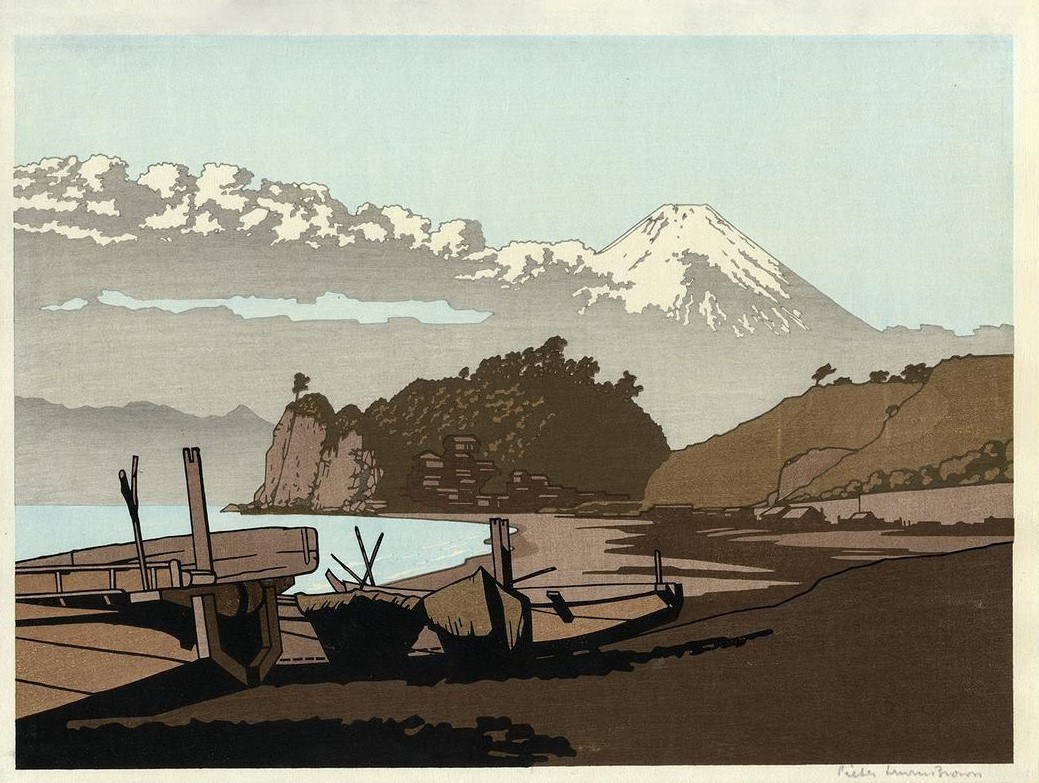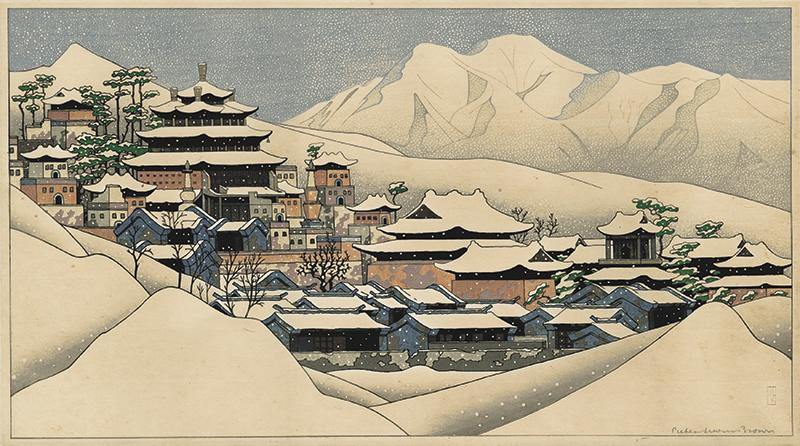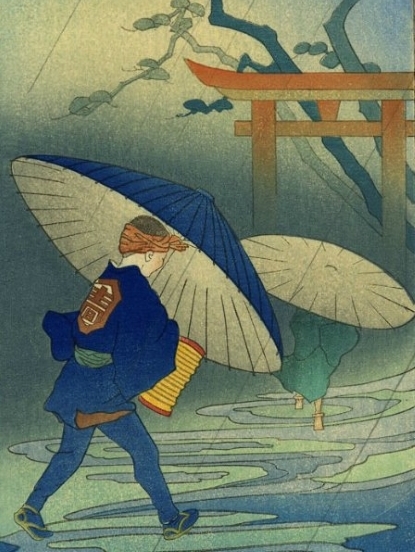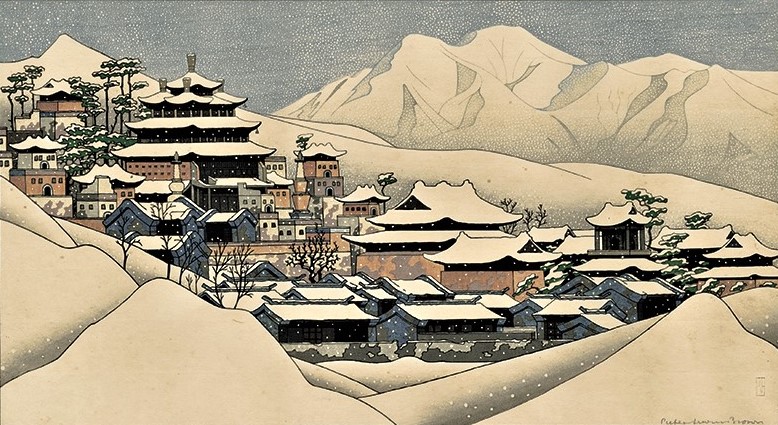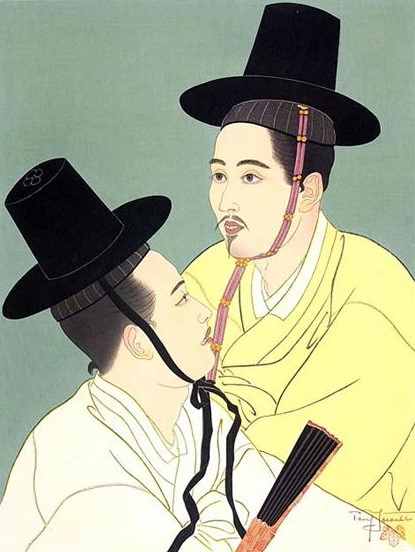PIETER IRWIN BROWN (1903-1988)
A scent of mystery surrounds the life of Pieter Irwin Brown and it is clear that we know very little about him.
He was born in 1903 in Rotterdam, studied in Utrecht and very quickly received an artistic education. At 18, he entered the Royal Academy in Amsterdam where he studied with Johannes H. Jurres, a famous painter at the time. After studying, he undertook several trips to Europe and Africa, notably to Tunisia where he was introduced to Orientalist painting. He eventually settled in London where he opened a promising small advertising business creating quality posters for a few large companies.
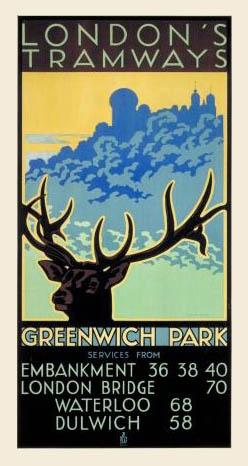

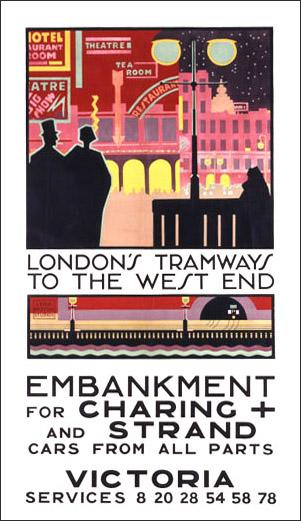
Once again, his thirst for travel took him to Egypt, then to Indonesia, to Java, where he remained for two years. He derived a modest income from the sale of drawings and paintings of which unfortunately no trace remains. In 1934, he decided to settle in Japan, in Kyoto : for him it was a crucial discovery for the pursuit of his work. As for other Western artists arriving in Japan, his meeting with Watanabe Shozaburo was decisive. With his help, his drawings and watercolours became magnificent woodcuts. Proof of the exceptional quality of Brown's works in the eyes of Japanese masters, he also received the support of the second great publisher of the interwar period, Adachi Toyohisa, support he did not give to any other Western artist. He took advantage of long stays in Korea and China to create prints of great clarity, with sure lines and soft colours, like Elizabeth Keith. However, unlike other artists from the West, notably Paul Jacoulet, he did no portraits, only landscapes. It was at the gates of Manchuria, in Jehol (now Chengde), the summer capital of the great Kangxi and Qianlong emperors, that he found the best inspiration to create a dozen exceptional works with China as their subject. The splendor of palaces and temples wrinkled by time and magnified by the brilliance of winter snow gives these landscapes of North China an unparalleled beauty and truth. It is also perhaps he who came closest to the style of the two great Japanese painters of the Shin-hanga movement of the time, Hiroshi Yoshida and Hasui Kawase..
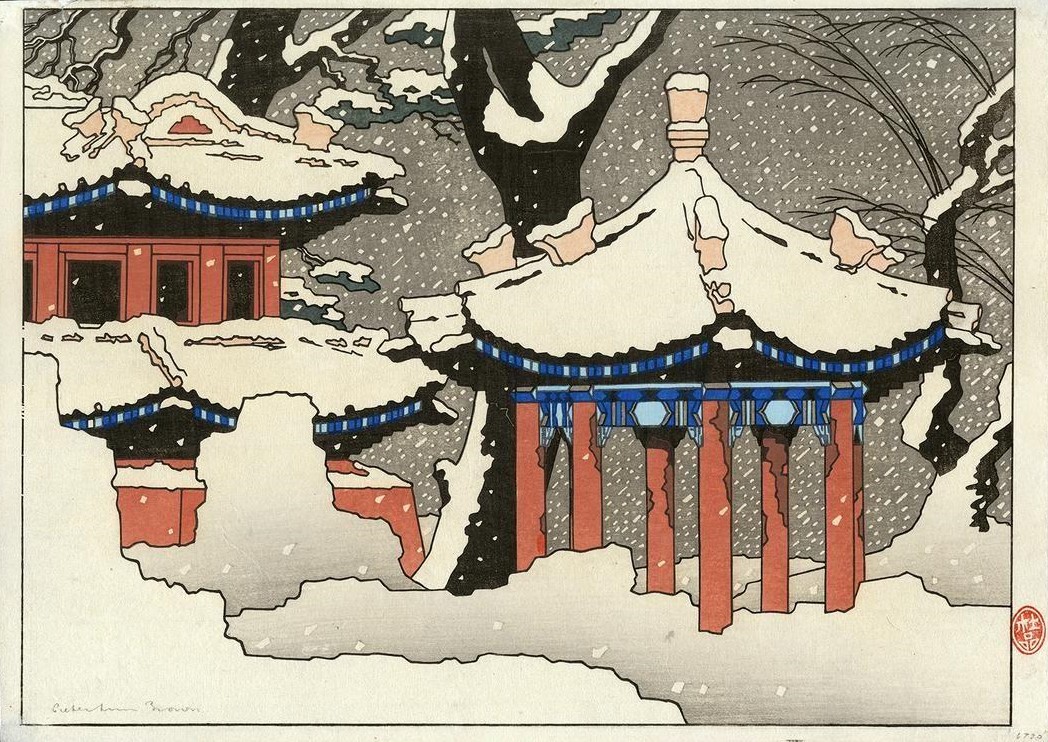
A large number of works by Pieter Irwin Brown have been lost and we only know of him about thirty prints, a few advertising posters produced in England and Japan and the illustrations he made in 1939 for the book by Henri Christmas Karakoro, at home in Japan.
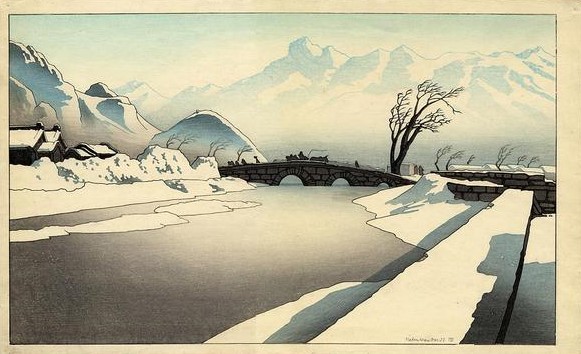

Pieter Irwin Brown had married a Russian dancer, Slavina, trained at the St. Petersburg Ballet School and who in Japan practiced Kabuki theater dances, under the direction of Master Fujima Kanjuro VI. Desperate to see the Japanese soul he loved sink into soldierly brutality, the Browns lived for a time in Beijing where they befriended Jesuit Father Teilhard de Chardin. The rising perils in the Pacific forced them to leave Asia at the end of 1940 and to settle in the United States, in California. But, Pieter Irwin Brown definitively renounced the print and the landscapes of the Far East.
This rupture in Brown's life took a surprising form after the war : he decided to change his identity by calling himself Pieter Van Oort. The reasons for such behavior remain mysterious : an old family wound when it comes to his mother's maiden name ? Or an attempt to break with his previous life as believed by those who invent a past for him as a spy ? More likely, a sign of the end of the attractions and hopes he placed in a civilization and a culture different from his own to establish his strength in artistic creation. Under his new name, he still produced a few dark and sad paintings but was not talked about for almost 40 years until his death in 1988, in New York.

Bibliography :
- Karakoro, at home in Japan, de Henri Noël, avec 11 illustrations de Pieter Irwin Brown, The Hokuseido Press, Tokyo, 1939
The collection
